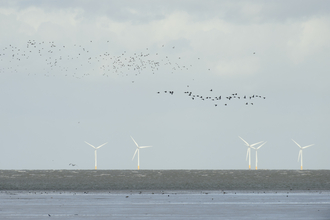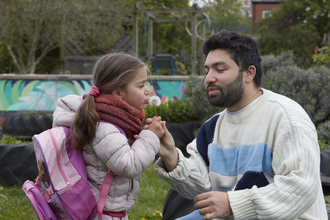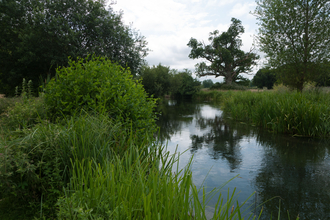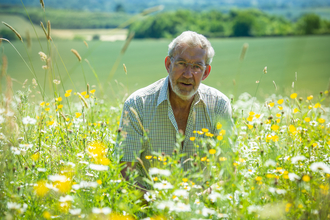What we're calling for
Local Council Elections are taking place across parts of England this May. Councillors can play a major role in improving the serious state of our natural world.
Wildlife is struggling. Across the UK, overall species abundance has declined since 1970 - and statistics aren’t getting any better. This loss is a tragedy but it's also a threat to us all. Less nature means less food and will lead to more flooding, more pollution, more ill-health, and more economic risk.
What you can do
Do Council candidates have the natural world in mind? We're asking local people to share their experiences of speaking to candidates and leave a "satisfaction score".
We're also asking people to write to their candidates, asking them to prioritise nature. We have a handy template which you can use! Access it below.
Letter to Candidates Local Elections 2025
Dear Candidate,
Please remember nature in this local election campaign. This matters greatly to me.
Wildlife is struggling. Across the UK, overall species abundance has declined since 1970 - and things aren’t getting any better. This is a threat to us all. Less nature means less food and will lead to more flooding, more pollution, more ill health and more economic risk.
Councillors can play a major contribution to turning this serious issue around. If you are elected, there are three steps you can take to bring nature back in our area.
Use the Local Nature Recovery Strategy to inform planning decisions
Local Nature Recovery Strategies (LNRS) are a blueprint for restoring nature at a local level. Our LNRS will include agreed priorities for recovering and enhancing local wild spaces and bringing wildlife back to health. There is a legal duty on planning authorities to have regard to the LNRS when making decisions, and there will be a new duty to take them into account in plan-making.
Councillors can fully embrace the spirit of these duties, and make sure that ‘having regard’ and ‘taking account’ goes beyond ticking boxes. If you are elected, you could scrutinise planning applications and strategic plans, asking officers:
1. To fully explain how LNRS priorities have been factored into them
2. For renewed consideration under the duties if nature has been ignored and actions haven’t been progressed
Support Local Wildlife Sites
Local Wildlife Sites are important and distinctive spaces for nature. These cover 5% of England and are selected locally to provide protection to threatened species and habitats. There is a duty in Planning Policy on planning authorities to identify, map and safeguard these protections.
A small amount of extra resourcing can go a long way here. Councillors can make sure that nature's recovery is a priority locally as well as nationally. If you are elected, you could ensure this duty is upheld by:
1. Acting as a champion for these sites
2. Supporting Local Wildlife Site partnerships and Local Environmental Records Centres to look after, monitor and record these important wild spaces
Unlock the potential of nature to improve health and education outcomes
Access to nature is proven to improve health and well-being. Time spent in nature has positive outcomes for children’s learning experiences in schools, including improved attainment and engagement with their peers, teachers, and subject matter.
Councillors can open up opportunities for both children and adults to benefit from a thriving natural world. If you are elected, you could actively increase access to nature near to where people live, work and visit by:
1. Working with local health providers and schools to highlight the benefits of a healthy environment to everyone
2. Helping landowners and land managers to open up public land and take the lead locally to show the way.
Good luck with your campaign. If you are elected, I hope you will pursue these three simple but hugely important actions and bring nature back to our community.
Thank you for keeping the future of our natural world high on your agenda.
Yours sincerely,
Resident
Our priorities for Councillors
When candidates become Councillors, there are three initial steps they can take to bring nature back to their community. Read more about them below.
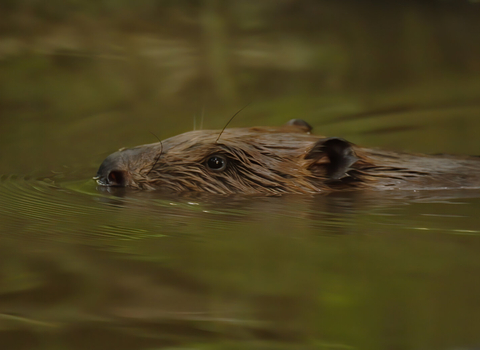
Beaver swimming with its head just above the water © Russell Savory
Use the Local Nature Recovery Strategy to inform planning decisions
Local Nature Recovery Strategies (LNRS) are a blueprint for restoring nature at a local level. LNRS will include agreed priorities for recovering and enhancing local wild spaces and bringing wildlife back to health. There is a legal duty on planning authorities to regard the LNRS when making decisions, and there will be a new duty to take them into account in plan-making.
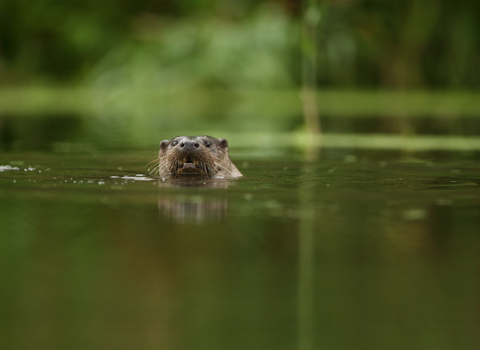
Luke Massey
Support Local Wildlife Sites
Local Wildlife Sites are important and distinctive spaces for nature. These cover 5% of England and are selected locally to provide protection to threatened species and habitats. There is a duty in Planning Policy on planning authorities to identify, map and safeguard these protections.
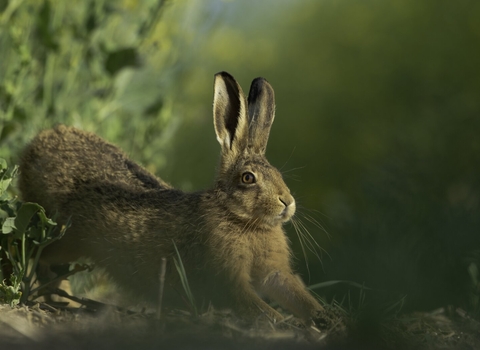
Andrew Parkinson/2020VISION
Unlock the potential of nature to improve health and education outcomes
Access to nature is proven to improve health and well-being. Time spent in nature has positive outcomes for children’s learning experiences in schools, including improved attainment and engagement with their peers, teachers, and subject matter.
More information
If you would like more information, The Wildlife Trusts have produced a series of briefings around some of the key nature policy issues, which can be downloaded below.



